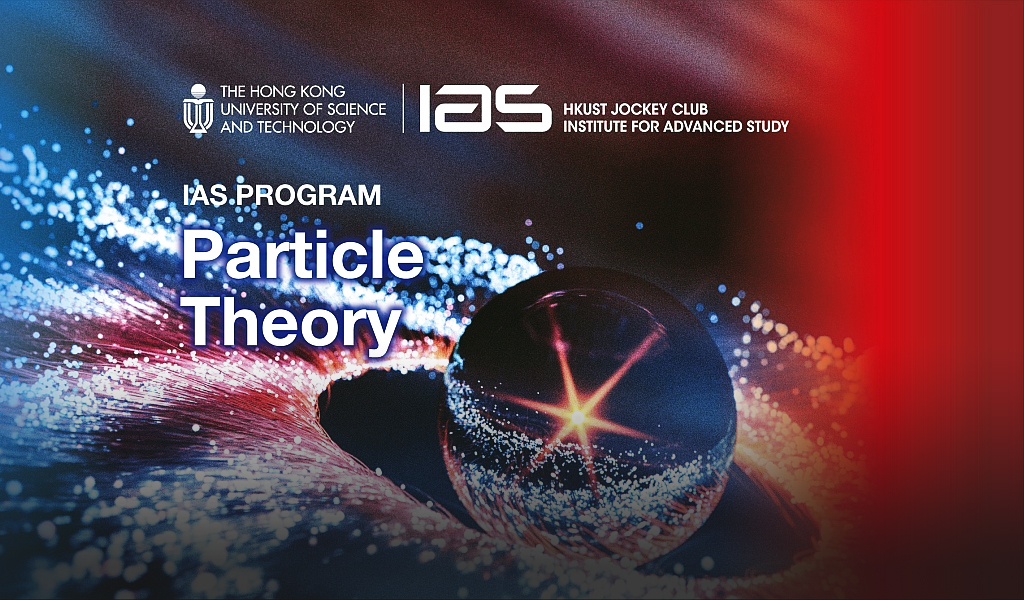Machine Learning the Universe: Opening the Pandora Box
Abstract
Matter evolved under influence of gravity from minuscule density fluctuations. Non-perturbative structure formed hierarchically over all scales, and developed non-Gaussian features in the Universe, known as the Cosmic Web. To fully understand the structure formation of the Universe is one of the holy grails of modern astrophysics.
Astrophysicists survey large volumes of the Universe and employ a large ensemble of computer simulations to compare with the observed data in order to extract the full information of our own Universe.
However, to evolve trillions of galaxies over billions of years even with the simplest physics is a daunting task. The speaker and her research team build a deep neural network and the Deep Density Displacement Model (hereafter D3M), to predict the non-linear structure formation of the Universe from simple linear perturbation theory. According to their extensive analysis, D3M outperforms the second order perturbation theory (hereafter 2LPT), the commonly used fast approximate simulation method, in pointwise comparison, 2-point correlation, and 3-point correlation. The speaker and her research team also show that D3M is able to accurately extrapolate far beyond its training data, and predict structure formation for significantly different cosmological parameters. Their study proves, for the first time, that deep learning is a practical and accurate alternative to approximate simulations of the complex physical world. The speaker will also present interesting and preliminary results in interrogating the machine-learned model in order to understand what is going on under the hood.
About the program
For more information, please refer to the program website at http://iasprogram.ust.hk/particle_theory.



